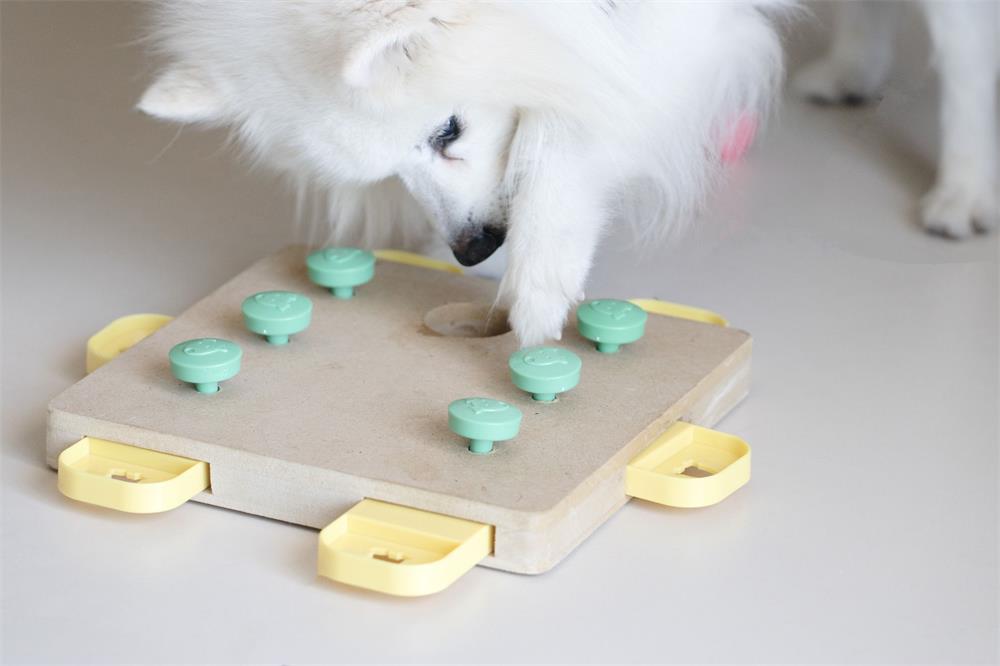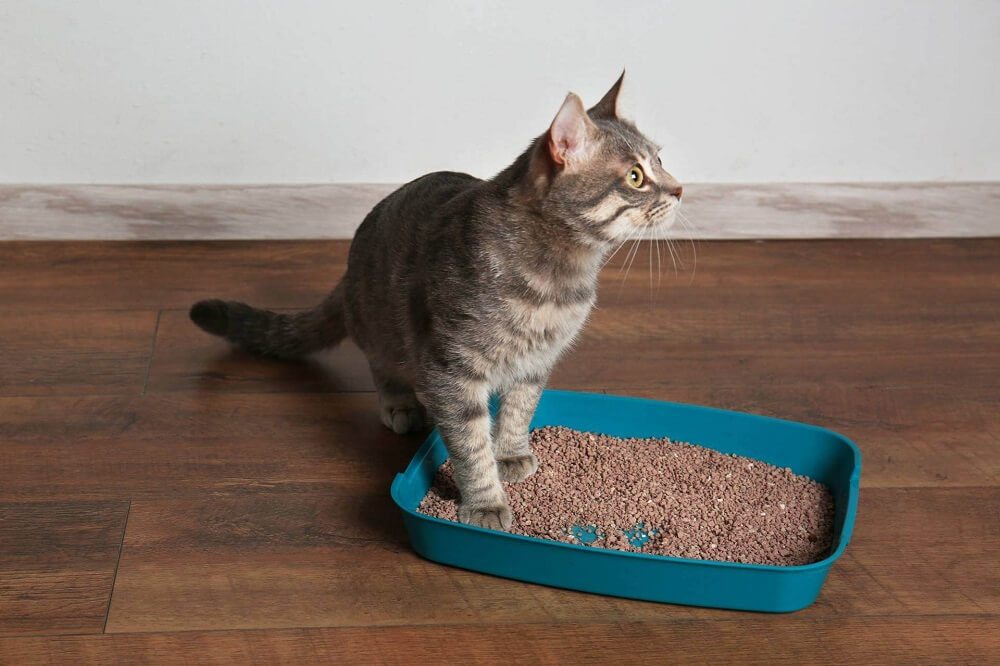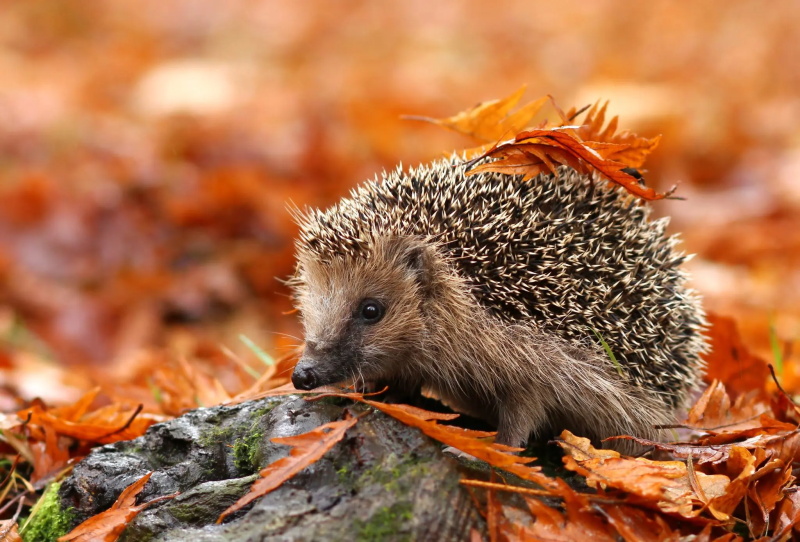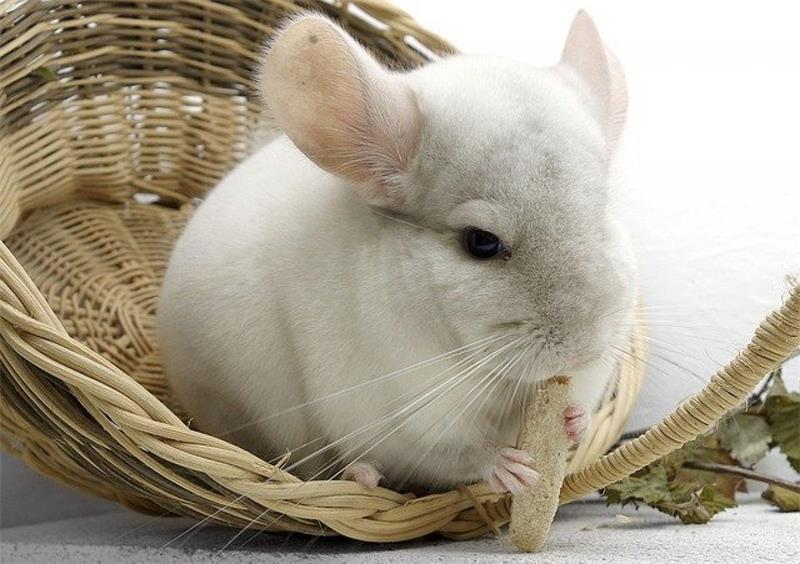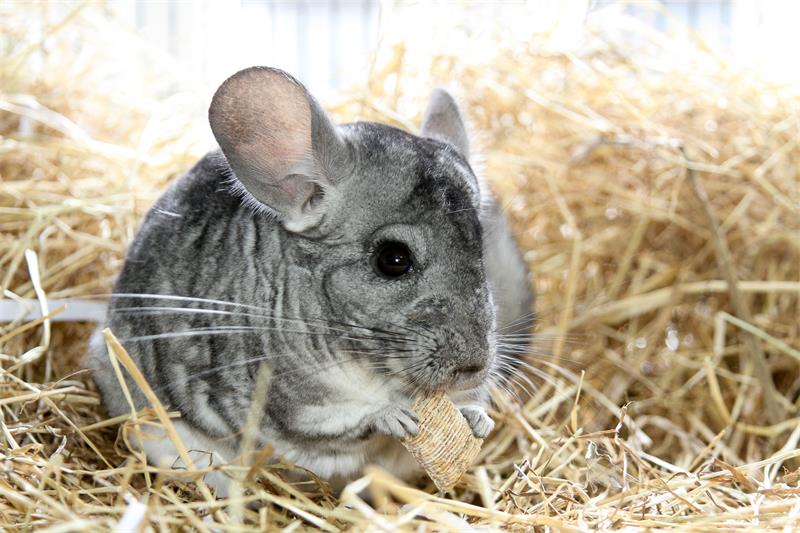Socializing your dog is a process of exposing them to different people, animals, places, and situations in a positive and safe way. Socializing your dog can help them feel more comfortable and confident in new situations, and prevent anxiety, fear, or aggression. Socializing your dog can also improve their health and well-being, as well as your relationship with them.
Socializing your dog should start from puppyhood, but it’s never too late to help your adult dog become more social. Here are some tips and tricks on how to socialize your dog at any age.
Socializing Your Puppy
Puppies have a critical socialization window from about 3 to 16 weeks of age, when they are most receptive to learning about the world and forming positive associations. This is the best time to introduce your puppy to different people, animals, sounds, smells, objects, and environments.
- Enroll in a puppy socialization class. A puppy class can provide a safe and supervised environment for your puppy to interact with other puppies and people. A good puppy class will also teach you how to train your puppy using positive reinforcement methods.
- Expose your puppy to different social activities. You can take your puppy to visit friends and family, go for car rides, explore different neighborhoods, or visit pet-friendly stores. Make sure your puppy is vaccinated and protected from parasites before taking them to public places.
- Go for daily walks. Walking your puppy can expose them to different sights, sounds, and smells. You can also use walks as an opportunity to teach your puppy how to walk politely on a leash and how to greet other dogs and people appropriately.
- Use treats to give your puppy a positive association with new people and experiences. You can reward your puppy with treats whenever they encounter something new or potentially scary, such as a loud noise, a stranger, or a vacuum cleaner. This will help your puppy learn that new things are not so bad after all.
- Use a leash and muzzle if needed. If your puppy is fearful or aggressive towards other dogs or people, you may need to use a leash and muzzle to keep everyone safe. A leash can help you control your puppy’s movements and prevent them from running away or lunging at others. A muzzle can prevent your puppy from biting or snapping at others. Make sure you use a well-fitted muzzle that allows your puppy to breathe, pant, and drink water.
Socializing Your Adolescent Dog
Adolescence is a challenging period for dogs, as they go through hormonal changes and test their boundaries. Adolescent dogs are typically between 6 months and 2 years of age, depending on their breed and size. During this time, your dog may become more independent, rebellious, or distracted. They may also regress in their socialization skills or develop new fears or phobias.
- Continue with socialization training. Don’t stop socializing your dog once they are out of the puppy stage. Your dog still needs regular exposure to different people, animals, places, and situations to maintain their social skills and confidence. You can also enroll in an adolescent dog class or join a dog club or group to meet other dogs and owners.
- Reinforce good behavior. Your dog may need more guidance and supervision during adolescence, as they may forget their manners or try to challenge you. You can use positive reinforcement techniques such as praise, treats, toys, or play to reward your dog for behaving well in social situations. You can also use negative punishment techniques such as ignoring or withdrawing attention to discourage unwanted behavior.
- Be patient and consistent. Your dog may go through some ups and downs during adolescence, but don’t give up on them. Be patient with their learning process and consistent with your expectations and rules. Don’t punish your dog harshly or physically for making mistakes or acting out, as this may damage their trust in you or make them more fearful or aggressive.
Socializing Your Adult Dog
Adult dogs can still learn new skills and improve their socialization, but it may take more time and effort than with puppies or adolescents. Adult dogs may have missed out on early socialization for various reasons, such as being rescued from a shelter, coming from a difficult background, or living in isolation. Adult dogs may also develop new behavior problems due to changes in their environment, health, or lifestyle.
- Connect with a certified professional. A certified canine behavior consultant or a board-certified veterinary behaviorist can help you work through remedial socialization safely and effectively. They can assess your dog’s behavior and personality, identify the root causes of their social issues, and provide a customized training plan and support.
- Identify your dog’s high-value reinforcers. Find out what your dog really loves and use that to your advantage. Is your dog motivated by food, toys, play, or praise? Use these reinforcers to reward your dog for being calm and friendly in social situations, and to create positive associations with new people and experiences.
- Identify your dog’s threshold. This is the distance or intensity level at which your dog can tolerate a stimulus without reacting negatively. For example, your dog may be able to see another dog from across the street without barking or growling, but not from 10 feet away. You want to work with your dog at or below their threshold, and gradually increase the difficulty as they improve.
- Pair the stimulus with the reinforcer. This is a technique called counter-conditioning, which aims to change your dog’s emotional response to a stimulus from negative to positive. For example, if your dog is afraid of strangers, you can pair the sight of a stranger with a treat, so that your dog learns to associate strangers with something good. You can also use a technique called desensitization, which involves exposing your dog to a stimulus at a low level and gradually increasing it as they become more comfortable.
- Use a leash and muzzle if needed. If your dog is fearful or aggressive towards other dogs or people, you may need to use a leash and muzzle to keep everyone safe. A leash can help you control your dog’s movements and prevent them from running away or lunging at others. A muzzle can prevent your dog from biting or snapping at others. Make sure you use a well-fitted muzzle that allows your dog to breathe, pant, and drink water.
Socializing your dog is an ongoing process that requires patience, consistency, and positivity. By following these tips and tricks, you can help your dog become a more social and happy member of your family.



